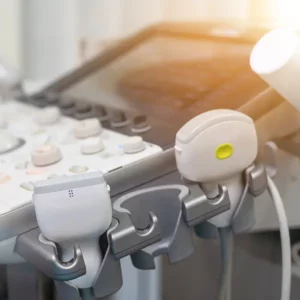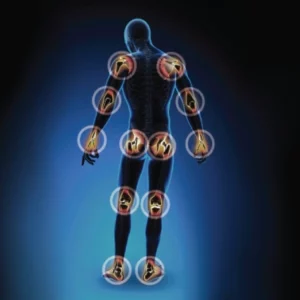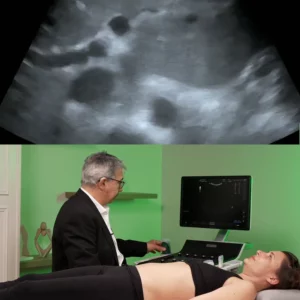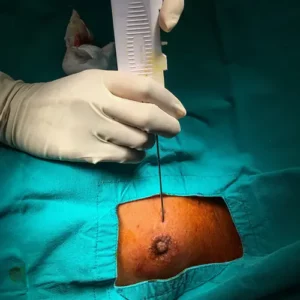Ultrasound CME Credits
A growing library of online ultrasound CME courses for your CME credits accepted for ARDMS® and ARRT® renewal
Welcome to the Medical Professionals’ Ultrasound CME credits library! This library contains online ultrasound continuing medical education courses approved by the ASRT®.
We guarantee that all of the ultrasound CME credits will be accepted by state registries in the USA and Canadian territories for ARRT® certification and renewal. All of our CME courses are accepted by the ARDMS®, APCA®, and NMTCB®.
Image | Course | Description | CME Credits | Buy Now |
|---|---|---|---|---|
Sign up for this bundle and acquire your CME credits for ultrasound. This bundle covers everything you need in order to master the upper and lower extremities ultrasound techniques. Video-based courses with clinical demonstration on real patients. | 30.50 CME RMSKS, RDMS, RDCS, RVT | |||
Enhance your expertise by acquiring knowledge on both upper and lower extremities in this MSK ultrasound bundle and maintain your RMSKS credentials. | 23.50 CME RMSKS, RDMS, RDCS, RVT | |||
Sharpen your knowledge by learning from the expert through our Upper Extremity MSK bundle and maintain your RMSKS credentials. This package includes seven modules covering upper extremity MSK sonography including real hands-on video cases. | 13.00 CME RMSKS, RDMS, RDCS, RVT | |||
Enroll in this bundle to maintain your RMSKS credentials, through 10.50 accepted CMEs in musculoskeletal ultrasound. This package includes five modules covering lower extremity MSK sonography. | 10.50 CME RMSKS, RDMS, RDCS, RVT | |||
The sonography bundle includes 6 ultrasound CME modules of various essential diagnostic ultrasound procedures in daily clinical practice. | 8.25 CME RDMS, RDCS, RVT | |||
The breast sonography package includes 6 ultrasound CME modules: U/S physics, four specialty breast U/S courses and infection control. Earn 10.00 CME credits for ultrasound through our interactive courses. | 10.00 CME RDMS, RDCS, RVT | |||
The pediatric ultrasound course covers anatomy, pathology, imaging protocols, and Doppler techniques for accurate pediatric sonography. It provides essential training to distinguish normal and abnormal findings in neonatal and pediatric patients.
| 4.75 CME credits | |||
This course provides an in-depth understanding of breast interventional procedures, covering various biopsy systems, cryoablation, and the handling of biohazardous materials. Participants will learn to identify and perform appropriate procedures, review axillary lymph nodes for metastases. | 1.75 CME Credits |








